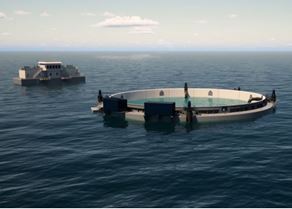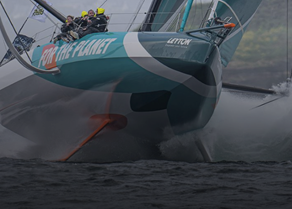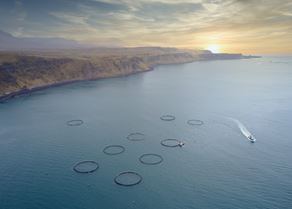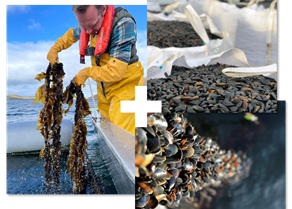Funding calls and third-party funding advice
We can help you find funding for your innovative project
If you would like support with drawing down third-party funding, please contact us to find out how we can help: projects@sustainableaquaculture.com
To view some of the projects we have supported to help reduce the environmental footprint and increase the economic impact of aquaculture, see our projects pages.
Norwegian R&D funding available for UK applicants
FHF - the Norwegian Seafood Research Fund - seeks to create added value to the seafood sector through industry-based research and development.
New FHF projects will, in general, be initiated through open competition. New funding calls are published on the FHF website as soon as they open. The challenges to be explored in each call are based on the priorities of the relevant strategic plan, topic-specific team, and other industry forums.
The assessments of applications are announced following each call, and decisions on project implementation are made by professional teams within the FHF.
Applications and project descriptions submitted during a funding call will be evaluated consistently and on an equal basis. Therefore, whatever has been submitted by the deadline will form the basis of the evaluation.
If – for reasons beyond the applicants’ control, including circumstances such as strikes – it has proved impossible to submit a complete or planned project proposal, the FHF will not be able to make special allowances for this. Evaluations will be based on what has been submitted within the specified deadline.
According to the law on funding for research and development in the fisheries and aquaculture sectors §3, individual decisions made by the organisation cannot be appealed to a higher authority.
However, the FHF has established an internal complaints procedure for decisions made in its funding calls. This relates to procedural errors rather than to professional assessments.
Complaints must be made within three weeks of receiving the funding decision and should be emailed to post@fhf.no.
Calls with a deadline within 2025 can be found here.
You can also find previous calls on the FHF website, with links to the projects that were established as a result of each call.
More detailed project documentation is available in English here: Prosjektdokumenter i FHF
If you are interested in finding our more, or need support with an application, get in touch: projects@sustainableaquaculture.com
The Marine Fund Scotland 2025-2026 has officially opened!
The fourth year of the Marine Fund Scotland delivers on Scotland’s Blue Economy Vision, published in 2022.
This is a fantastic opportunity to secure funding for projects that support a sustainable and low-carbon marine economy.
The funding can support eligible individuals, businesses, organisations, and communities to deliver projects which contribute to an innovative and sustainable marine economy, reducing carbon emissions, and supporting coastal communities..
Applications are now open, with the first round closing on 22 July 2025 at 23:59. There’s no guarantee another round will happen, so if you're interested, apply now!
If you are interested in finding our more, or need support with an application, get in touch: projects@sustainableaquaculture.com



